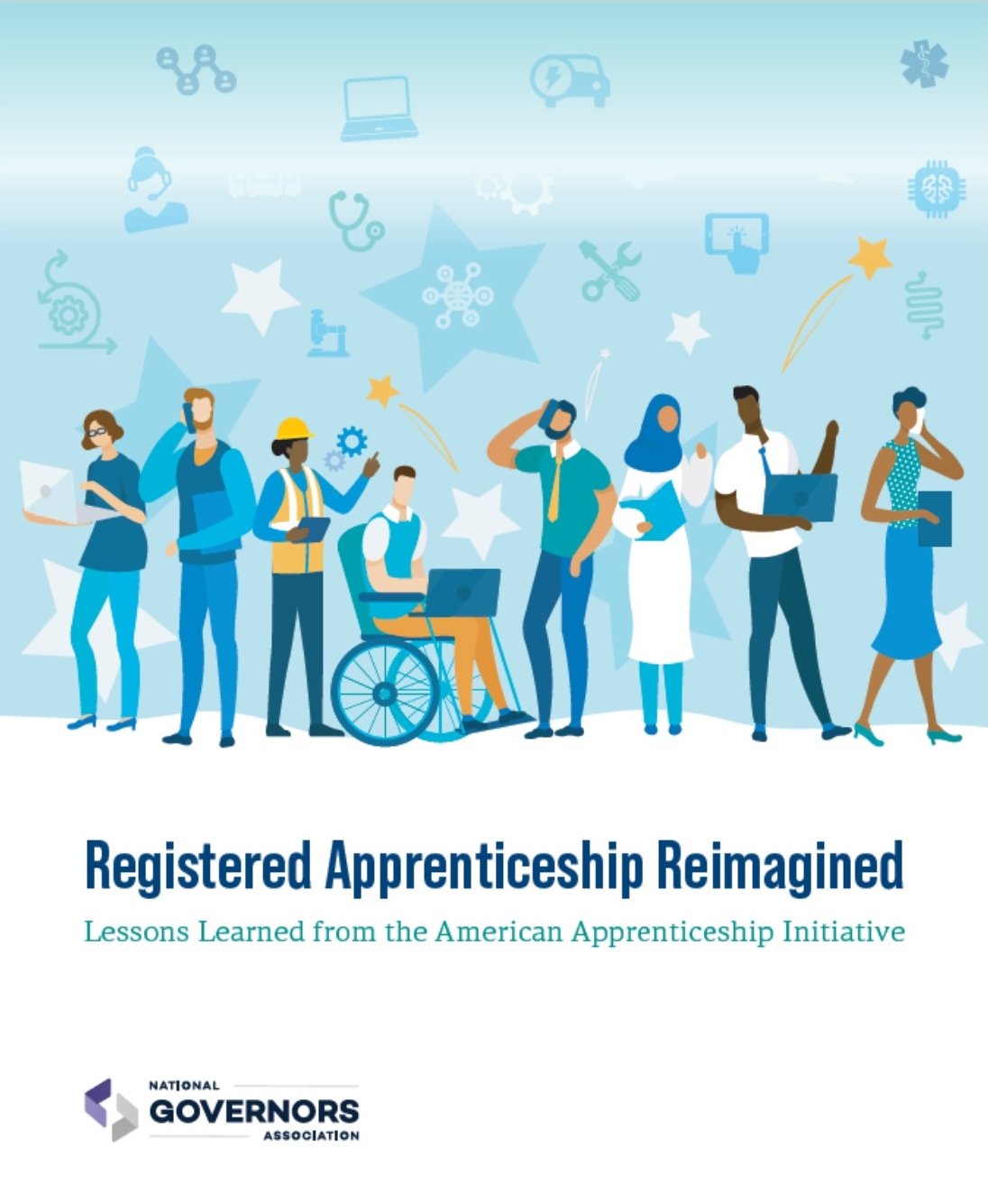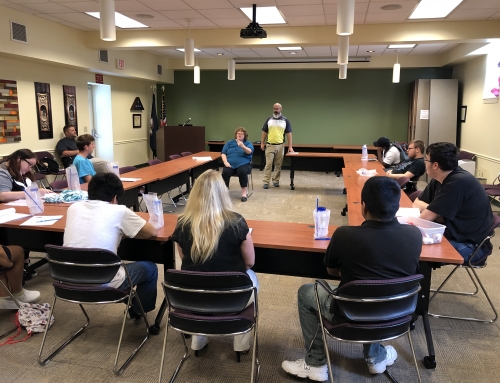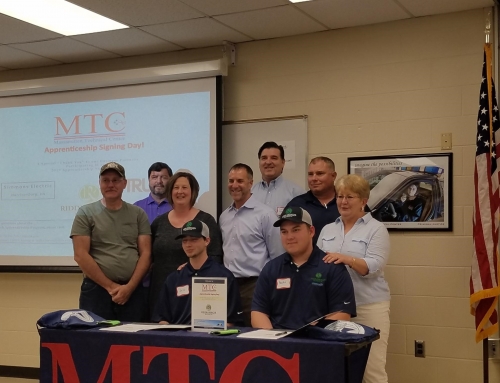
The Shenandoah Valley Workforce Development Board (SVWDB) was recently highlighted in the National Governors Association publication “Registered Apprenticeship Reimagined.” The report covered the results of the historic $175 million investment made in 2015 by the U.S. Department of Labor (DOL) in a five-year American Apprenticeship Initiative (AAI) grant program. It was the largest federal investment made to date in support of expanding registered apprenticeship in the United States, particularly into new sectors and more diverse populations.
SVWDB was awarded $4 million of the AAI funding to expand registered apprenticeships in advanced manufacturing industries, the largest sector in the Shenandoah Valley region and the sixth largest in the Commonwealth of Virginia. SVWDB was one of only two Virginia recipients among the total 46 grantees. DOL tracked grant recipient performance throughout the term of the program, and SVWDB was the third highest in the top-performing tier of grantees, registering 185% of its goal number of apprentices. (pg. 5)
The SVWDB program is cited in the report as a model of success in forming partnerships that help leverage resources. (pg. 13) Below is the text of the SVWDB example.
BOX 4: Example of Leveraging Partners’ Expertise — the Shenandoah Valley Workforce Development Board (SVWDB) CONVENE REGIONAL WORKFORCE PARTNERS AND USE OTHER FUNDING SOURCES
The SVWDB administers WIOA activities for the Shenandoah Valley in northwestern Virginia. The SVWDB partners with a wide range of local and
state partners to offer services to the regional workforce and business community and to create and implement workforce development programs
for adults, dislocated workers and youth.The SVWDB is considered the convener of workforce development partners in its region. To connect more closely with employers, it also takes advantage of existing relationships with the Virginia Manufacturers Association, economic development partners, community colleges and local chambers of commerce. These partnerships helped the SVWDB improve its apprenticeship programs by incorporating new assessments for students and hiring apprenticeship coaches, who acted as intermediaries to apprentices, businesses, educators, and individuals from underrepresented populations. Coaches connected participants interested in apprenticeship to apprenticeship opportunities and provided supportive services, such as uniforms, tools, or tutoring. They also worked with employers looking to use apprenticeships to identify candidates for open positions using an innovative boot camp pre-hiring model. Coaches supported business development by advising businesses on how to work with state agencies and leverage WIOA funding and other programs.




